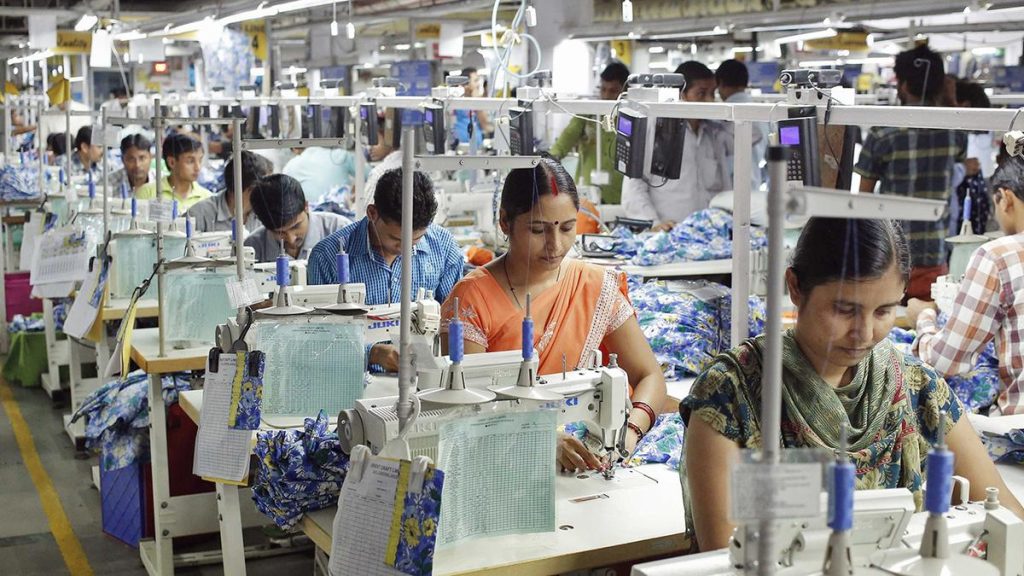Now Reading: Bengaluru’s Rising Heat Linked to Surging Urban Development: Study
-
01
Bengaluru’s Rising Heat Linked to Surging Urban Development: Study
Bengaluru’s Rising Heat Linked to Surging Urban Development: Study
Speedy Summary
- Study Findings: Published in Nature, teh study reveals that 15.41 sq. km of Bengaluru experiences very high temperatures due to Urban Heat Island (UHI) effects caused by conversion of the landscape to paved surfaces from vegetation and porous areas.
- Urban Growth: The city’s built-up area increased by 1,078% over five decades,while vegetation cover declined by 88% and water bodies by 79%. BBMP’s incorporation of rural landscapes further exacerbated urban sprawl.
- Temperature Trends: May temperatures in Bengaluru grew from ~16°C (1970s) to a projected 34°C (2025). Cooler cities like Mumbai and Bengaluru are now experiencing above-average days compared to climatological baselines.
- Recommendations for sustainability: Proposed solutions include greening urban spaces, rejuvenating lakes for groundwater recharge, retaining open green spaces at plot levels, and promoting mini forests with native species at ward levels.
- Policy Measures linked: Researchers aim to integrate findings into Revised Master Plan 2031 with support from the Directorate of Town and Country Planning.
Indian Opinion Analysis
Bengaluru’s rapid urbanization vividly illustrates the challenges posed when ecological considerations are overshadowed by economic growth imperatives. The study’s findings highlight how unchecked expansion-driven primarily by IT sector booms and infrastructure advancement-has fundamentally altered its habitat sence the mid-20th century.Declining green cover alongside increasing impermeable surfaces has caused sustained temperature rises as well as UHI effects that directly impact ecological balance and local quality of life.
Though concerning, this research provides targeted policy recommendations that could mitigate future damage if implemented effectively within planning frameworks like Master Plan 2031.Prioritizing greener infrastructure such as mini forests or reviving water bodies may serve both environmental sustainability goals and human well-being needs. Policymakers must weigh these results against developmental pressures responsibly to preserve what remains of Bengaluru’s natural assets while ensuring regulated growth.

























